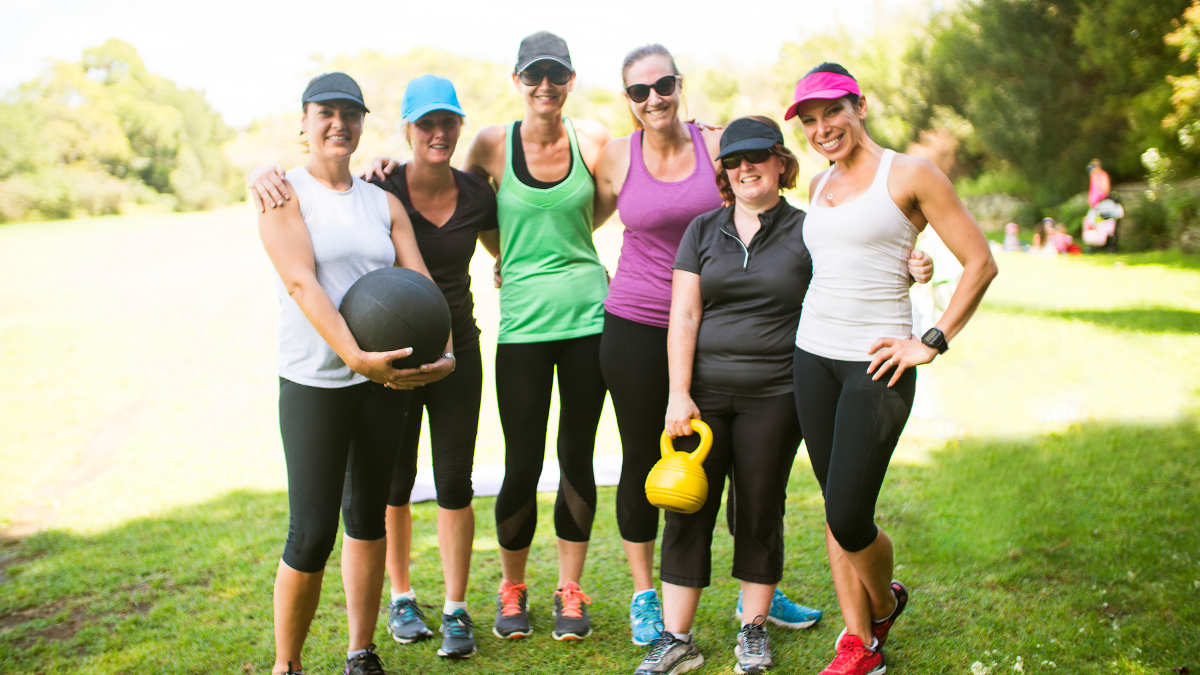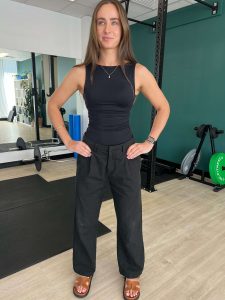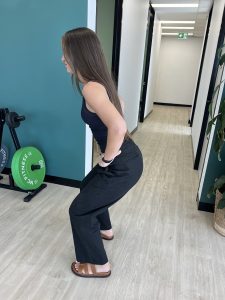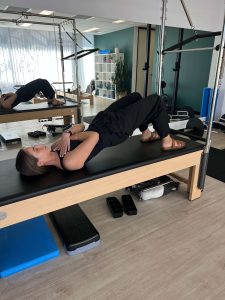
In our previous post, we discussed some of the symptoms and contributing factors to the development of Greater Trochanteric Pain Syndrome (often referred to as hip bursitis), as well as some helpful tips for posture adjustments, activity modifications, and load management. While these strategies are crucial, incorporating targeted strengthening exercises can also play a key role in recovery and long-term prevention.
How Strengthening helps Hip Bursitis (GTPS):
- Reducing Pain and Inflammation
Strengthening the surrounding muscles helps offload the irritated bursa and tendons, reducing strain on these structures and allowing them to heal. - Improving Hip Stability and Movement
The gluteal muscles, particularly the gluteus medius and minimus, help to support the hip joint. When these muscles are weaker, it can lead to compensatory movement patterns that place more stress on already irritated structures. Strengthening these muscles enhances joint support and reduces irritation. - Enhancing Load Tolerance and Preventing Recurrence
Progressive strengthening helps the tendons adapt to daily activities and increased demands, reducing the risk of flare-ups. A strong, well-conditioned tendon can tolerate more load without becoming inflamed. It is important to maintain strength around the hip to stay pain-free, long-term!
Great exercises to help recover from Hip Bursitis (GTPS):
It’s important to note that for a personalised rehabilitation program tailored to your specific symptoms, goals, and abilities, consulting a physiotherapist is highly recommended. However, the following exercises can serve as a great starting point:
1. Standing Glute Activation
- Stand tall with feet hip-width apart and very slight bend in the knees
- Engage the muscles on the outside of the buttock by imagining you are ‘pulling your feet apart’
- The feet should remain stationary and the legs and trunk should not move
- Hold the contraction for five seconds, then relax and repeat.
- Placing your hands on lateral glute muscles may help you to feel the contraction.

2. Partial Squat
- Stand with feet hip-width apart, hands resting on hips. Engage the core muscles.
- Bend your knees and lower yourself into a squat, ensuring your knees stay in line with your toes.
- Move only within a comfortable, pain-free range.
- Keep your heels in contact with the floor and maintain an upright posture with your gaze forward.
- Push through your heels to return to standing and repeat.

3. Glute Bridge
- Lie on your back with knees bent and feet flat on the floor.
- Tilt your pelvis slightly to press your lower back into the floor.
- Lift your hips while maintaining a level pelvis.
- Hold this bridge position briefly, engaging your core and buttock muscles
- Slowly lower yourself back down, rolling down through the spine and repeat.

Progressing Safely with Strengthening Exercises
It’s important to gradually increase the intensity and volume of any exercises to allow the tendons and muscles to adapt over time. Monitoring symptoms during and after exercise can help identify when to progress or when to modify activities to prevent aggravation.
Lateral hip pain can take time to improve, and it is important that you work closely with your physiotherapist to find the best strategies for your recovery. Stay patient, follow your rehab plan, and most importantly—keep moving in a way that works for you!
If you’d like to speak with one of our expertly trained Physiotherapists about Hip Pain, you can make an appointment HERE, or call the clinic.
